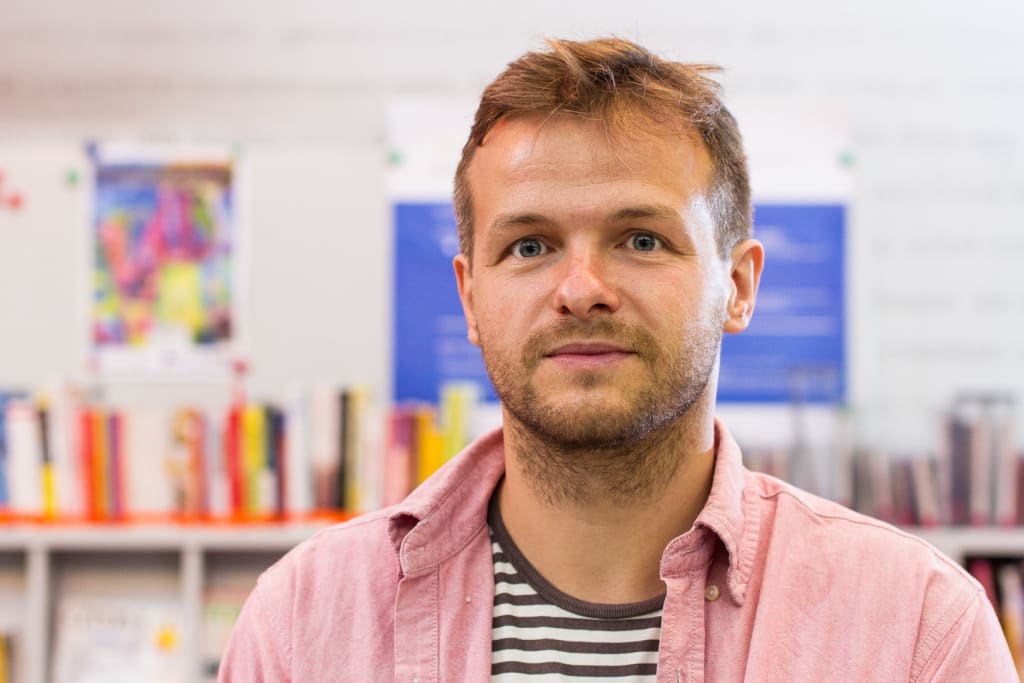Story of How People Lived in Ukraine
Story published in New-yorker weekly

The New Yorker, which has a centuries-old tradition, has been emphasizing the genre of storytelling since its inception in the fast-paced modern age. Nowadays, no one reads a story, this weekly milestone is far from this misconception, the work of veteran storytellers from all over the world is still there; But it also searches for new, multi-lingual storytellers who, for whatever reason, are constantly on the prowl. Not only are these stories read, but they can go viral and make a new writer a celebrity, as was proven three years ago. Therefore, the readers who are checking the latest stories of each of its issues coming up in the coming week are also scattered in every volume.
The selection of these stories is based on the criteria of readability, timeless subject matter, linguistic beauty, and omnipresence which gives the reader a new world experience. For the past four or five years, they have been available for free, and the weekly website also offers interviews with the author explaining his storytelling process and thoughts. If one decides to study storytelling, one can look at this platform as a free university with perfect knowledge.
Four weeks ago, the weekly Artem Chapeye quickly translated “Ukraine”, a story about a journalist and literary figure in Ukraine. Earlier in the day, the weekly published an illustrated account of Russian military operations in Ukraine, urban demolition experiments, the evacuation of Ukrainian people, and villages that were becoming dying. Citizens around the world came to know the names of unfamiliar cities in Ukraine because of this war. The cities of Kyiv, Mariupol, and Kharkiv are in the news. But before all of this happened, the New Yorker’s storytelling team explored and presented to its readers a wide-ranging story of what it was like to live on the same ground, roam the cities, and live a normal life.
It is unknown at this time what he will do after leaving the post. There are hundreds of writers who have lived through the grief of not being published in The New Yorker, despite having graduated from American universities with a degree in storytelling (MFA) and writing workshops. However, due to the adverse situation at home, the Ukrainian writer was fortunate enough to see stories in his language English, and also in The New Yorker. The story ‘The Ukraine’, which was published in the original language before the war — in 2018 — is now available for everyone to read.
Nowadays, the interview of this writer, who suddenly left his family and joined the army and hopes to get his original profession of writing soon, has taken longer than usual.
The story is about the narrator’s never-ending love story, with weekend ‘weekend’ safaris in Ukraine. There are descriptions of dead roads there. There are walking tours through the snow-covered areas. There is an alchemy to capture the image of nature changing every season, there are dialogues of strange, wacky people in villages, and cities. There are also people who are tainted by corruption and bigotry. Loaded with American songs by Tom Waits, the narrator envies his girlfriend who has been married and lived in the US for a few years. After returning from Kadimod, he remembers his beloved years in Ukraine from his memory. The story also illustrates the efforts made by Ukrainian citizens in the 1990s to eradicate poverty.
Why read this story of a poor, imperfect country and its common people? In the last few days, the names of most of the cities in the country have become familiar in the news. The details of all the cities described in the story, the buildings within them, the roads between them, and the railway stations have come to our notice.
The military has been battling Russia for the past two months, with Russia threatening to end Ukraine in three days. The military cannot be defeated, so Russia is in the business of destroying civilians. That is why so much patriotism has penetrated into the citizens of this country. Men between the ages of 16 and 60 have voluntarily joined the army. From helping the war-torn migrants to evacuating the wounded and dead in the bombings.
In an interview with The New Yorker, Chapeye reveals many things that changed during the war. His story depicts the country of Ukraine, which is imperfect in all respects. There is also anger about the country. But now, in the minds of every citizen there, the details of how huge self-esteem has been created in Ukraine have also come up in this interview.
Here’s a sneak peek of the details: A major publisher has made available all e-books in original English, including translations, free of charge during the war so that people could read them easily. Chapeye himself has given an example of how he read two classic books even in this war situation.
We will win the war, Putin will soon be defeated, and then everyone here will have countless stories to tell and write, this yawning optimism is with this writer.
Although the atmosphere and description of Ukraine in the story may never be revived by the war, what is not found in the people there in the story is now created on a much larger scale. The bitter resistance from Ukraine is one form of it.





Comments
There are no comments for this story
Be the first to respond and start the conversation.